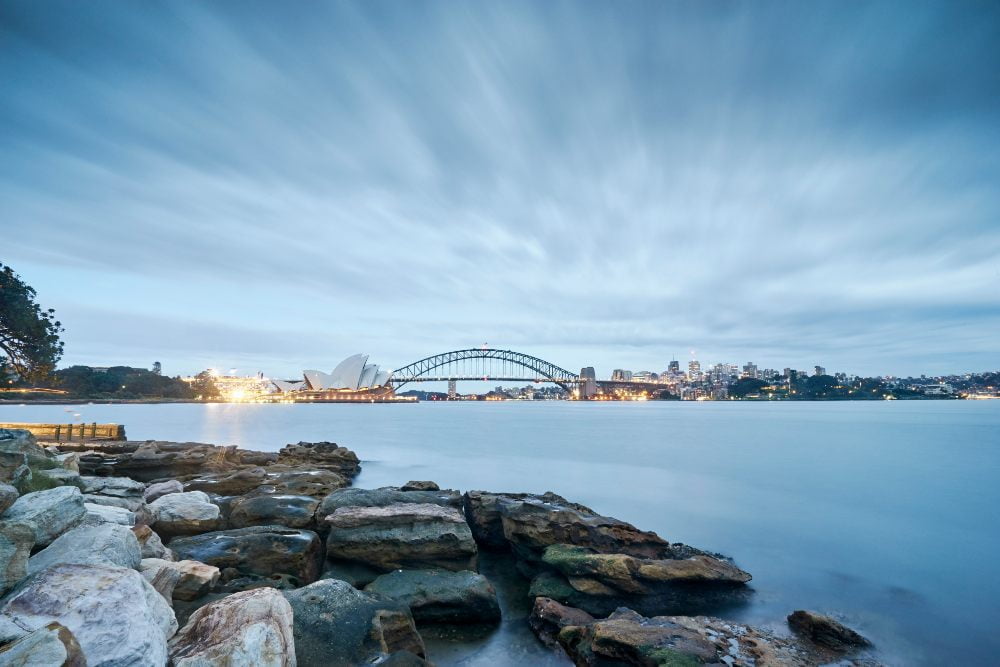2020 has been a big year for everyone. During the pandemic, people are moving out of Sydney Metropolitan areas to regional New South Wales. People looking for a sea- or tree-change, have finally taken the plunge and are making their way out of the hustle and bustle of the city.
City life can be overwhelming. Traffic, competition, commuting, and noise all make life more stressful than it needs to be. Who wants to be stuck waiting in their car all afternoon while they make their way home? Time becomes the most sought after commodity, but this just makes getting from A to B even more fast paced as everyone races to get to their destination to rest.
The pandemic has given a lot of people pause to reflect on their living situation. With workplaces closing down and working from home becoming the norm, people are realising that where they live can have a lot more flexibility. If you don’t have to make the big commute across the city to clock in your hours, why stay in an area you’re unhappy with?
With the job market collapsing, people are also moving back home with their family, or looking to move to more affordable communities away from the city. Rental prices can drop by as much as $100 a week in a country town compared with Sydney. Furthermore, the slower pace of life during lockdown has reacquainted people with home-based activities like cooking, gardening, and making things from scratch.

In regional areas there are many benefits. Your quality of life can significantly improve. Sound pollution drops, and access to nature increases dramatically. It becomes normal to know your neighbours, and there’s a stronger sense of community. And today, with the internet and low cost phone plans, you can stay connected not only with the city, but the whole world from anywhere.
Even though it may seem like COVID-19 started the desire for a change in scenery, it’s worth noting that Sydney is recorded as being the only Australian capital city to have more people aged 20-35 leaving the city for the country than the other way around for the past decade. The trend is only set to escalate in the next one.
Some popular regional areas people are moving to in New South Wales:
Bowral

Just 90 minutes from the Sydney CBD is Bowral, the largest town in the Southern Highlands of NSW. For a long time it has been an idyllic getaway destination for wealthy Sydneysiders and includes many Victorian manor houses and European style gardens.
With a population of around 13 000 people including many ex-city slickers, Bowral has the trappings of big city culture in a small town. With a cinema, cafes, galleries, museums and botanic gardens all offering the residents a slice of metropolitan life.
Nestled in the Great Dividing Range, Bowral often sees light snowfall in mid-Winter, which gives the town an even more European feel. It’s also 2 hours away from Canberra and 90 min from Jervis Bay.
Central Coast

Situated between Newcastle and Sydney lies the Central Coast, a ‘peri-urban’ area made up of seaside towns and spectacular scenery. It is an hour and a half drive from the Sydney CBD and takes up an area of 566 square kilometres surrounding Brisbane Water and Tuggerah Lake.
With a population over 333 000, the Central Coast is a mini city with all the shopping and cultural institutions you could need, but with the lower rental and property costs afforded to regional areas. Residents who love the Central Coast are big fans of the outdoors, with pristine surf beaches and national parks at their doorsteps.
The main centres of the region are Gosford, The Entrance, Wyong, and Terrigal. Many people who live in Gosford commute to Sydney every day. Trains run every half hour and take 90 minutes to arrive at Central Station.
Newcastle

An hour and a half drive north of the Central Coast is one of New South Wales most historic port cities. Newcastle was the port from which Australia’s first exports of coal departed and the mining industry has been a mainstay of the region ever since. Greater Newcastle, comprising several towns in the region, is often called Australia’s 7th largest city, with a total population over half a million.
Even with a relatively big population, Newcastle remains a beach town, but with an exciting youth and creative arts culture due to its university and many festivals. All the shopping and nightlife of a bigger city can be found in Newcastle. The foodie game is strong, too, being close to the Hunter Valley and all the boutique farms and artisanal markets of the region.
Newcastle also boasts a new light rail and a decent public transport system outside of a capital city. The cost of living is said to be 24% cheaper in Newcastle than it is in Sydney, and why not make the change when so many beaches and national parks are a hop, skip and jump away?








